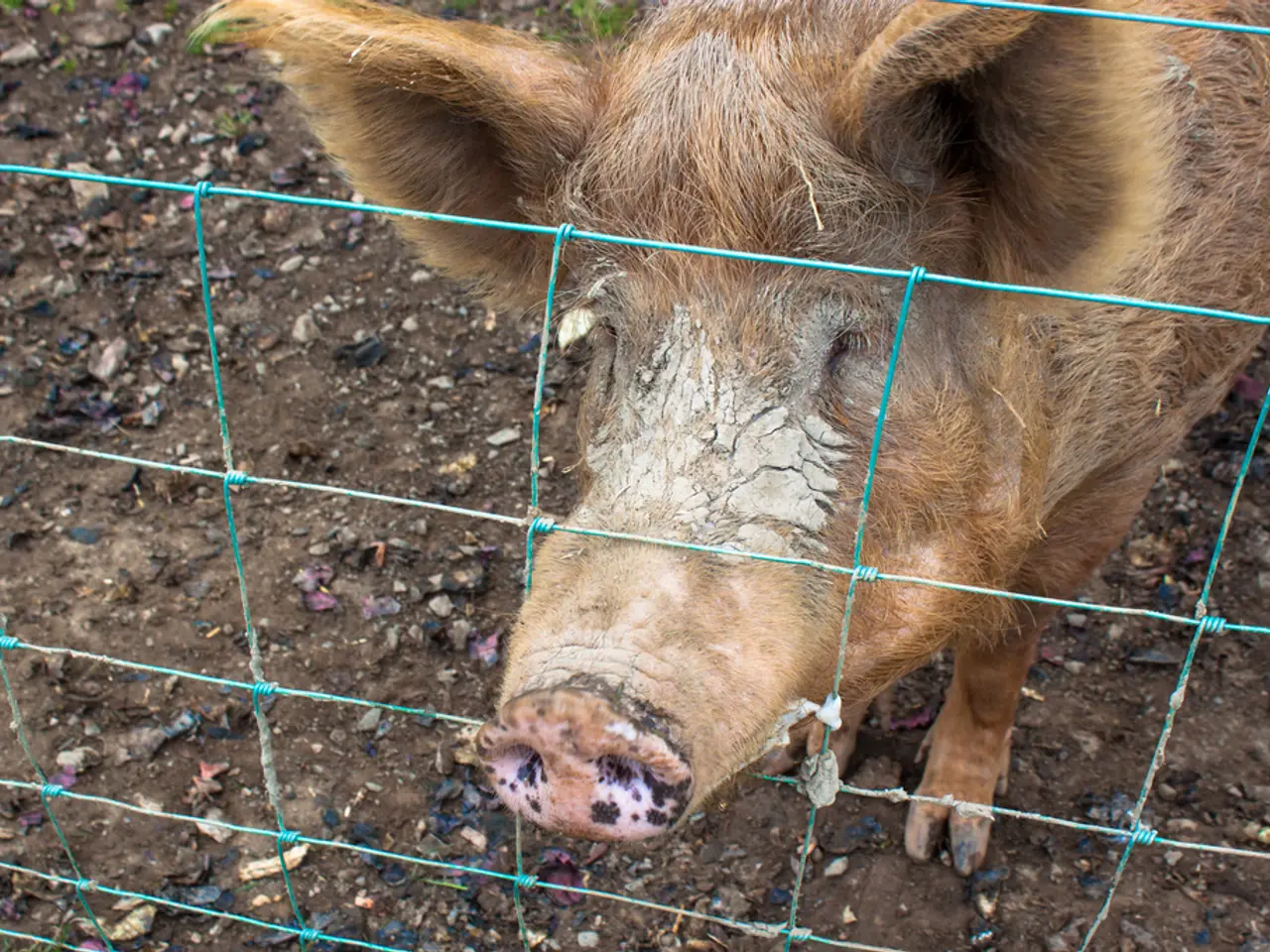Recommended Vaccine Significant for Swine Farmers: Crucial Inoculation Suggested for Initial Use
The European Medicines Agency (EMA) has recommended approval for a new vaccine against swine dysentery, making it the first of its kind to receive such a positive opinion in the European Union. This vaccine, developed by Hipra, is intended to reduce the frequency of dysenteric diarrhea in fattening pigs.
Swine dysentery is a diarrheal disease in pigs caused by the bacterium Brachyspira hyodysenteriae. The newly developed vaccine is an injectable emulsion containing an inactive strain of the bacterium and an adjuvant.
The effectiveness of the vaccine was previously investigated in two studies. In these studies, the frequency of dysenteric diarrhea was compared between vaccinated and unvaccinated pigs in commercial operations in two European countries. The results showed that the vaccine significantly reduced the frequency of the diarrheal disease in the vaccinated pigs compared to the unvaccinated ones.
The vaccine has been classified as a new active substance and has undergone thorough examination by the EMA. If approved, the vaccine will be available for use in fattening pigs to help combat swine dysentery.
It is important to note that the vaccine, when used according to the product information, is considered safe for human and animal health, consumers, and the environment. The EMA's positive opinion on the vaccine will be forwarded to the European Union, allowing the procedure for EU-wide market authorization to continue.
This is a significant step forward in the fight against swine dysentery, a disease that can cause substantial economic losses in the pig industry. With the potential approval of this vaccine, farmers may now have a powerful tool to protect their livestock and maintain healthy, productive operations.
Read also:
- Peptide YY (PYY): Exploring its Role in Appetite Suppression, Intestinal Health, and Cognitive Links
- Toddler Health: Rotavirus Signs, Origins, and Potential Complications
- Digestive issues and heart discomfort: Root causes and associated health conditions
- House Infernos: Deadly Hazards Surpassing the Flames








